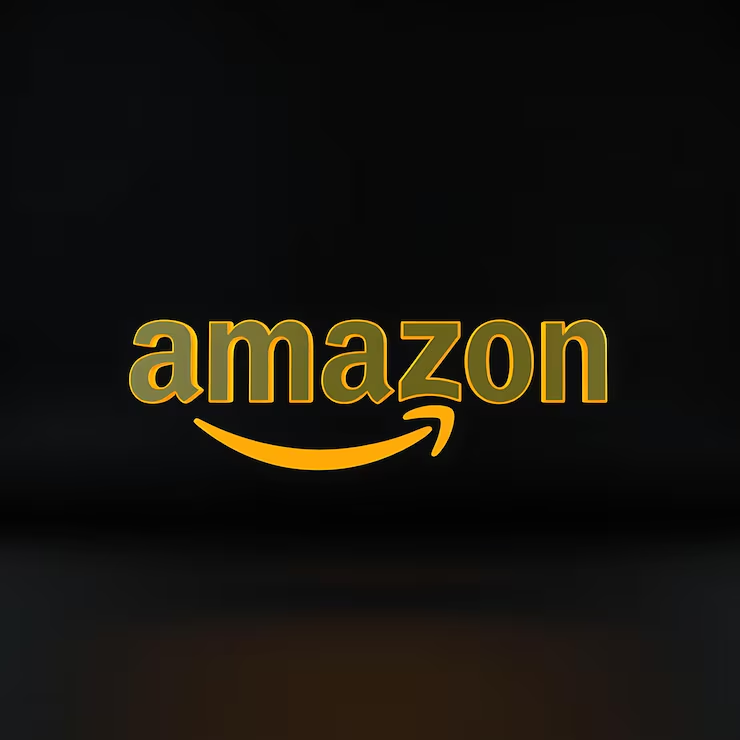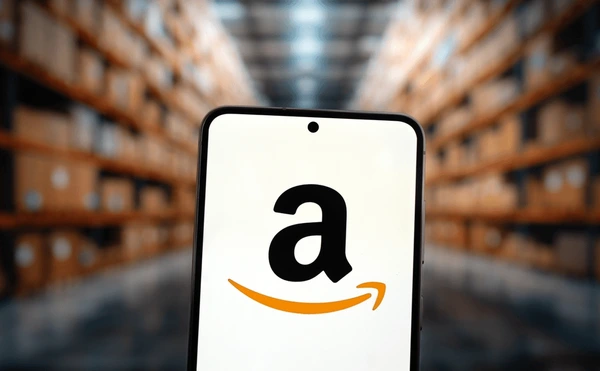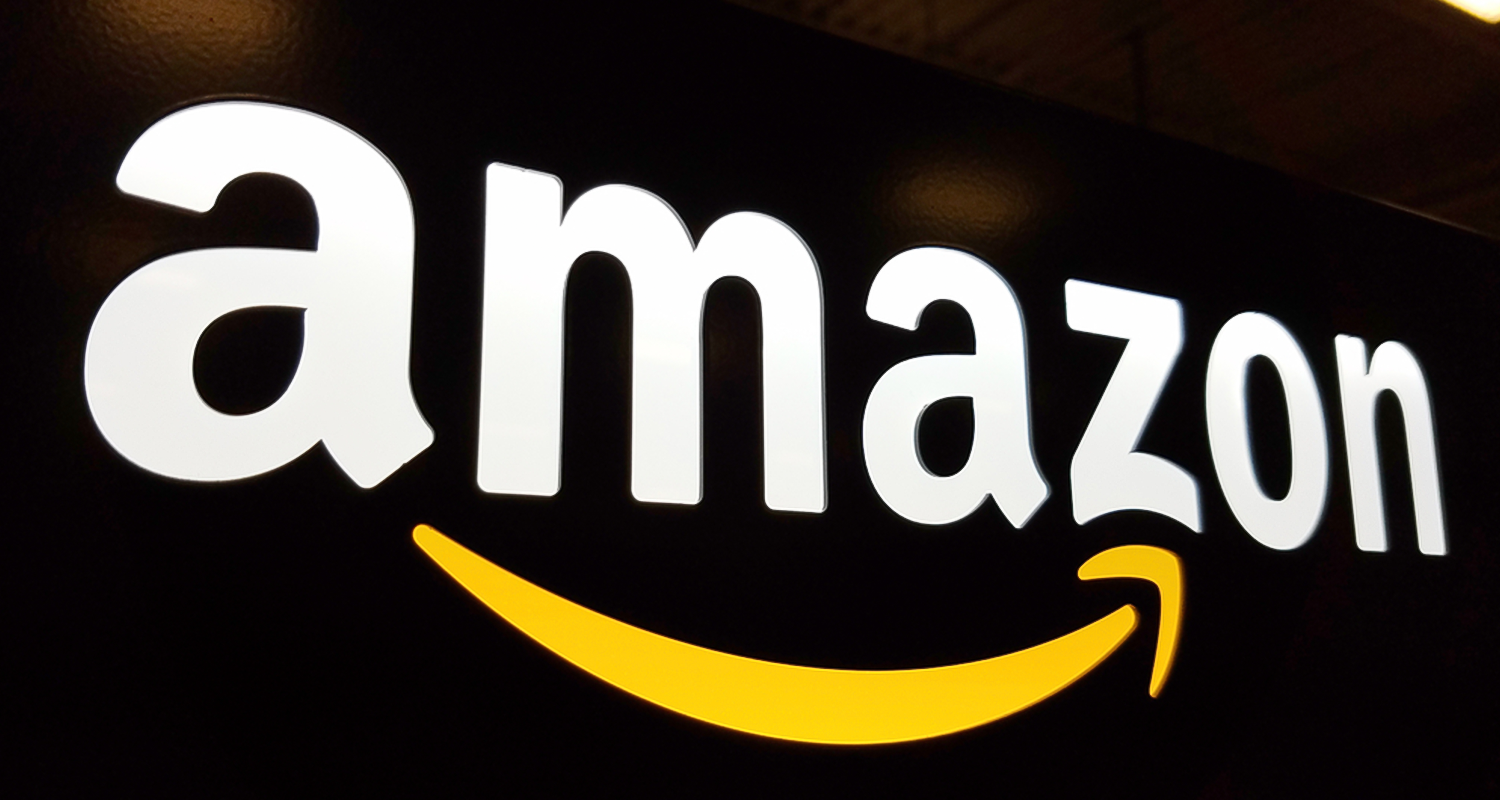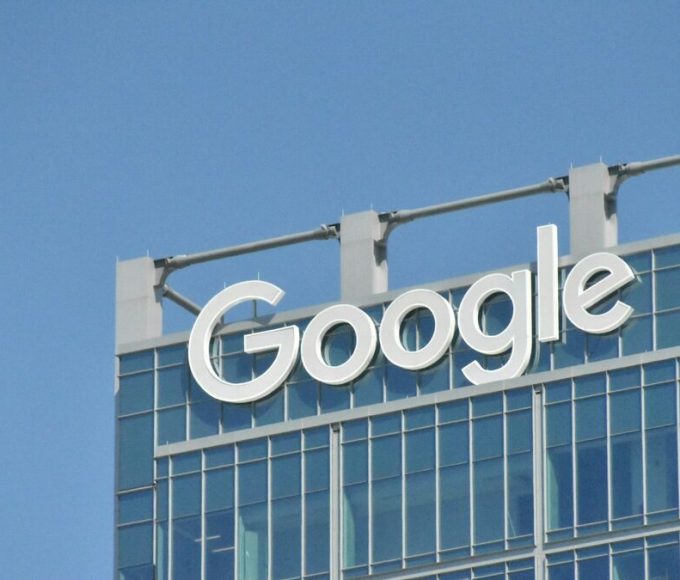In the early days of any major technological shift, it’s easy to get swept up in what might be called the “pornography of change.” You know the routine — someone unveils a shiny new innovation, dramatically oversells its potential, downplays how long it will take to catch on, and confidently predicts it will destroy every existing model within a year. Cue the applause, the think pieces, and the breathless headlines.
For a while, that was the story of Amazon Fresh — the supposed revolution in grocery shopping.
Not long ago, Amazon’s “just walk out” model was hailed as the future. You’d scan your app, grab what you needed, and stroll right out of the store, feeling like a futuristic shopper while sensors and algorithms quietly tallied up your purchases in the background.

At the time, it was seen as the death of the traditional checkout. Analysts and commentators predicted that this was the move that would redefine retail, that physical stores as we knew them were finished. The hype was immense, and many of us — myself included — believed it.
The first time I tried it, I was genuinely impressed. Walking out of a store without stopping at a checkout felt like living in tomorrow. But once the excitement faded, the reality set in. For smaller grocery trips, checkout lines were never the real problem. The convenience was clever, yes, but hardly revolutionary for the quick-shop market Amazon was targeting.
Then there was the brand mismatch. Amazon’s name carries immense power online — it’s the go-to for almost anything you need at home. But grocery shopping is a different experience. It’s immediate, sensory, and habitual. When people shop for food, they tend to gravitate toward brands they already associate with freshness and quality. Amazon’s tech-forward image didn’t translate as naturally to that environment.
Competition didn’t help either. Traditional grocers are masters of their craft — efficient, experienced, and deeply attuned to customer behavior. Amazon Fresh wasn’t just entering a crowded market; it was entering one dominated by experts with decades of retail experience.
The core issue, though, was deeper than marketing or competition. It came down to competence — what a company is fundamentally built to do well. Every successful business develops a set of core strengths that shape what it can and can’t excel at. When a company stretches too far beyond those strengths, things often go wrong.
Amazon’s expertise lies in logistics, technology, and e-commerce — systems that thrive in digital environments. Running physical grocery stores requires a very different skill set: product curation, in-person customer service, fresh supply management, and real-world brand presence. Those aren’t things you can automate with sensors and algorithms.
And then there’s the economics. On paper, a store without cashiers sounds like a perfect path to higher margins. But in practice, the technology behind “just walk out” shopping costs a fortune to install and maintain. Even without traditional checkout staff, employees were still needed to guide confused customers and monitor the store. The dream of effortless, staff-free shopping quickly ran into operational reality.
Ultimately, the model couldn’t sustain itself. Amazon began closing its physical grocery locations and refocusing on what it does best — e-commerce and home delivery.

The lesson here isn’t just about Amazon or retail. It’s about perspective. Every new technology promises transformation, and it’s tempting to believe we’re witnessing the end of one era and the dawn of another. But real revolutions take time. They evolve, adapt, and rarely play out the way the hype suggests.
As we navigate the rise of AI and all the predictions that come with it — the death of certain jobs, industries, or entire ways of working — it’s worth remembering the Amazon Fresh story. Innovation is exciting, but it’s not magic. The future doesn’t arrive all at once; it sneaks up slowly, and usually looks a lot more familiar than we expect.







